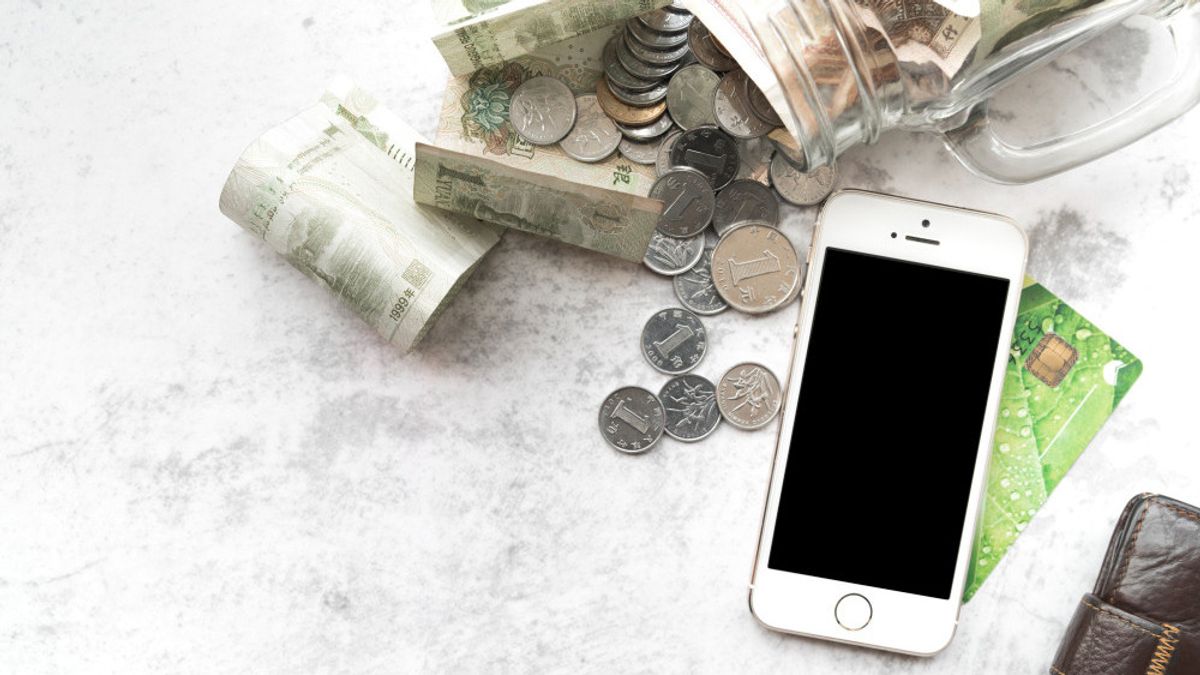YOGYAKARTA - Electronic money or known as e-money and electronic wallets called e-wallet are digital-based financial services. Although both aim to facilitate transactions, there are fundamental differences between the two that need to be known. Understanding the differences between e-wallet and e-money is important so that users can choose services that suit their needs.
E-money is a digital payment tool where the value of money is stored in certain electronic media. E-money users usually have to connect to the internet network when transacting, because transactions are made using devices such as smartphones or computers. E-money is usually present in physical forms such as cards and is usually used for various offline transactions, for example when paying in stores or using public transportation.
Meanwhile, e-wallets function as digital wallets that allow users to conduct electronic buying and selling transactions more easily, quickly, and safely. E-wallets are usually based on applications that can be accessed directly from smartphones. With e-wallet, users can save their balances and make various transactions directly from the application, both for online and offline payments at several merchants that support payments via QR code or barcode.
Based on information from the Ministry of Communication and Information, here are some of the main differences between e-money and e-wallet:
1. From Segi Forms And Storage Of Data
One of the main differences between e-money and e-wallet is its shape. E-money is generally physical, for example in chip-tech cards that are similar to debit or credit cards. Meanwhile, server-based e-wallets and in the form of applications that can be downloaded and accessed via smartphones. This makes e-wallet more practical because all data is stored in the application and can be accessed at any time, provided the device is connected to the internet.
2. How to Fill in the Balance (Top-Up)
For top-up balances, the methods used on e-money and e-wallet are also different. On e-money, top-up balances are usually done through ATMs from the card issuer bank. Some e-moneys can also be refilled in minimarkets or places that provide balance charging services. As for e-wallets, users can top-up balances more easily through mobile banking (M-banking) services or transfers from bank accounts. The process of filling e-wallet balances is usually faster and more flexible.
3. Publisher
In terms of publishers, the difference between e-wallet and e-money is also quite striking. E-money can be issued by banks and financial technology companies (Fintech). This means that big banks in Indonesia have e-money products that can be used by the wider community. On the other hand, e-wallet is generally issued by Fintech companies, which means that its publishers are more diverse from the technology sector and generally focus more on using application-based digital transactions.
SEE ALSO:
4. Service Use and Coverage
In terms of usefulness, e-money and e-wallet also have differences. E-money is often used for transactions in places such as public transportation, toll rates, entertainment venues, or parking. E-money has advantages in fast transactions in areas that support payment with cards. On the other hand, e-wallet is generally used for online shopping transactions, payments at restaurants or shopping places that provide digital payment methods through applications. With e-wallet, users can get a lot of promotions and discounts from merchants in collaboration with these applications.
So the conclusion, in general, is that the difference between e-wallet and e-money lies in the form, way of filling balances, publishers, and their uses. E-money is more suitable for fast and easy offline transactions, while e-wallet is more suitable for online shopping or transactions at merchants that support app payments. By knowing this difference, users can choose digital services that best suit their needs.
So after knowing the difference between e wallet and e money, see other interesting news on VOI.ID, it's time to revolutionize news!
The English, Chinese, Japanese, Arabic, and French versions are automatically generated by the AI. So there may still be inaccuracies in translating, please always see Indonesian as our main language. (system supported by DigitalSiber.id)


















